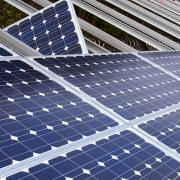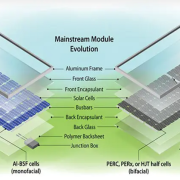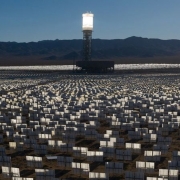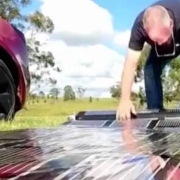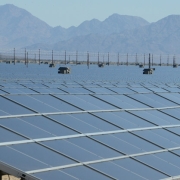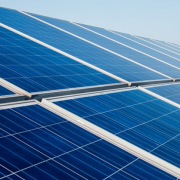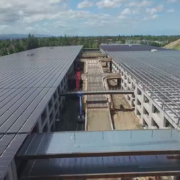On Jan. 27, the City of Sierra Madre broke ground on the Sierra Madre Solar Array Project, and on April 22 – also known as Earth Day — they completed the project and hosted the official ribbon cutting ceremony.
The project, located at 611 E. Sierra Madre Blvd., contains a 554.58 kilowatt (kW) solar ground-mounted system and a 111 kW battery energy storage system (BESS). The solar panels are located on approximately two acres of city-owned property.
The solar array utilizes anti-reflective technology to reduce reflection and convert sunlight directly into electricity. The project is estimated to generate 948,332 kilowatt-hours (kWh) of energy, which will offset approximately 38% of the energy to the city’s water department facility, which pumps and distributes the city’s water supply.
Click here to read the full article
Source: HEY SOCAL
—
If you have any questions or thoughts about the topic, feel free to contact us here or leave a comment below.

